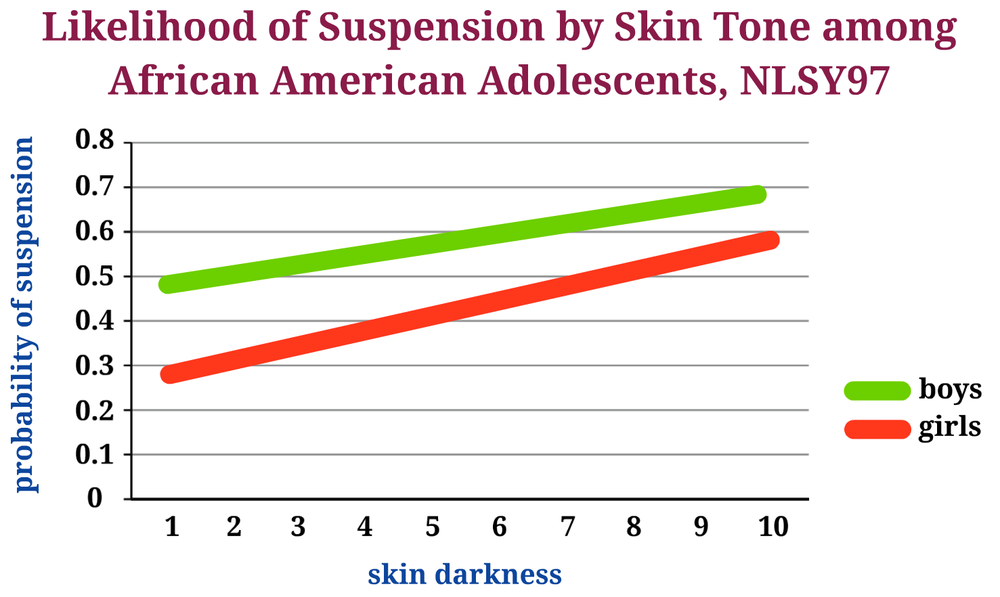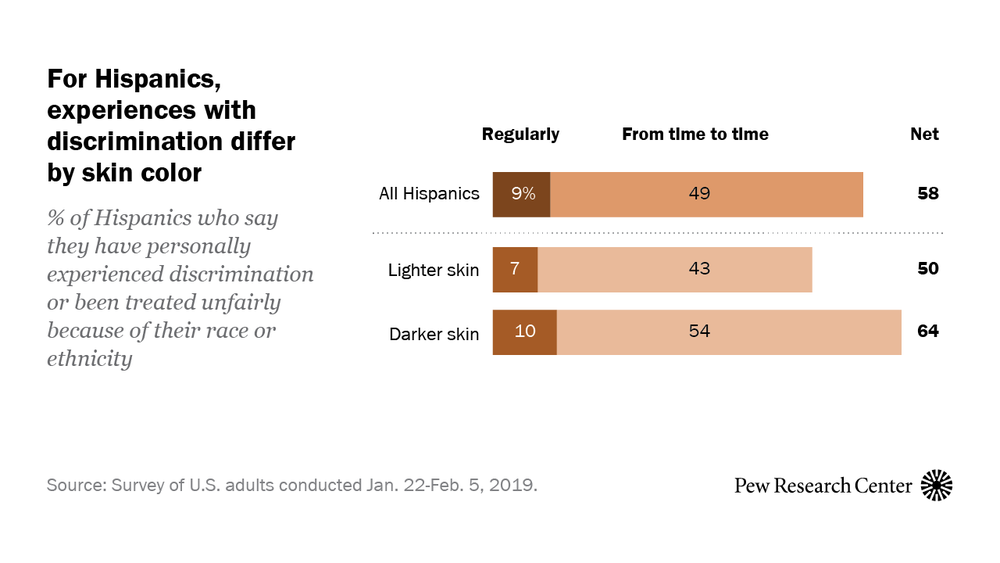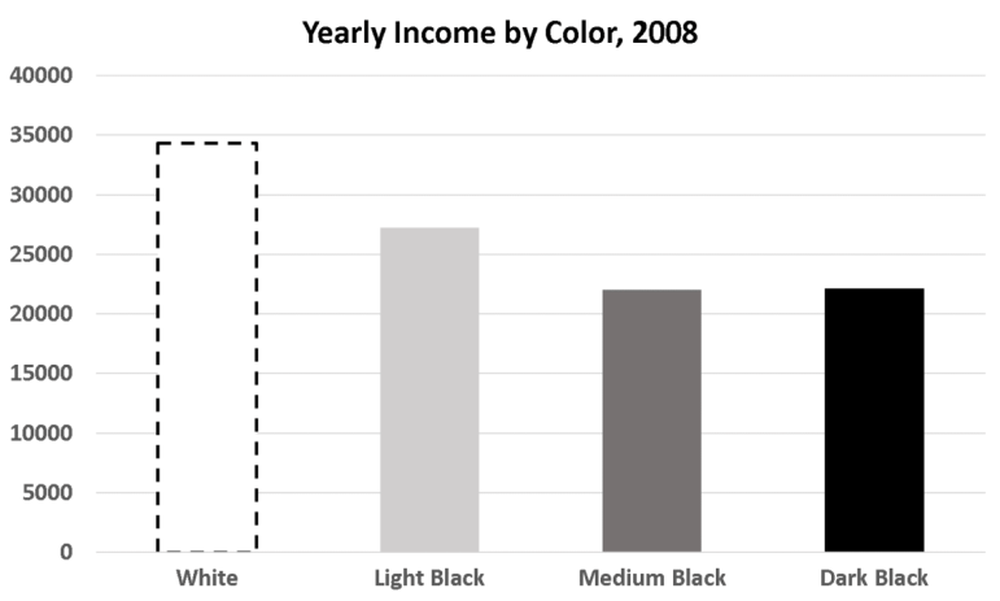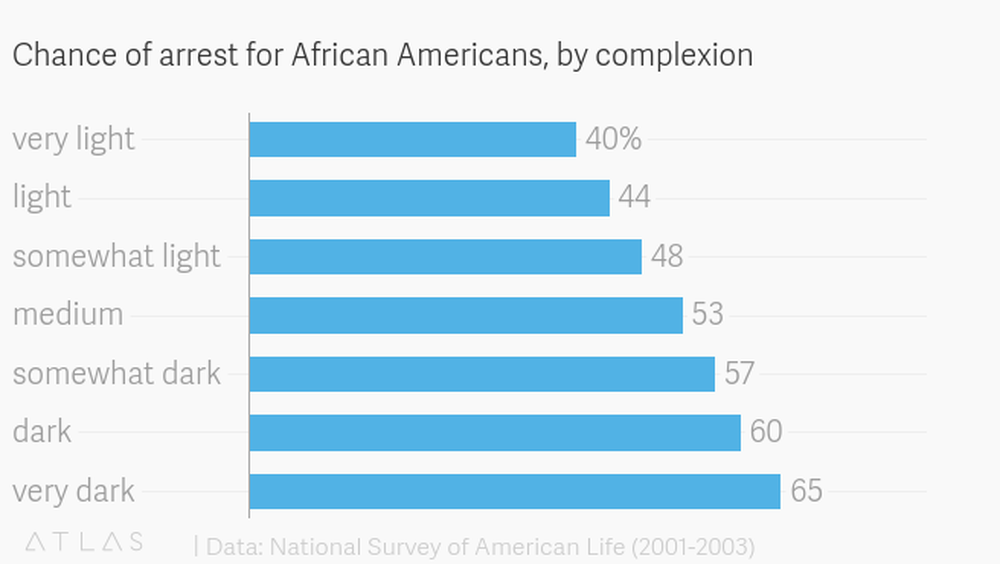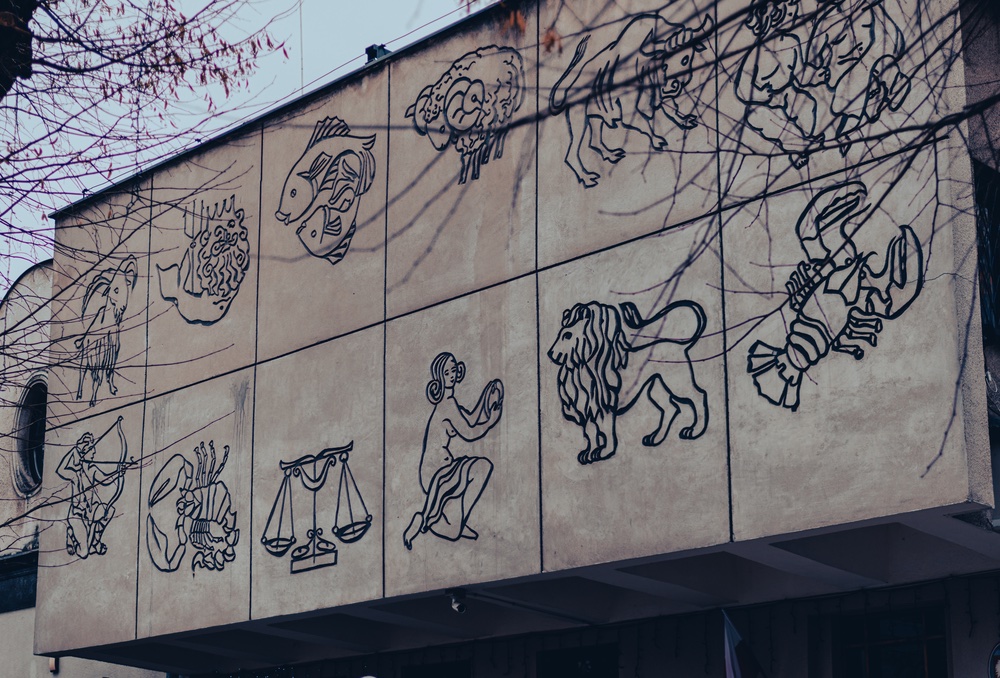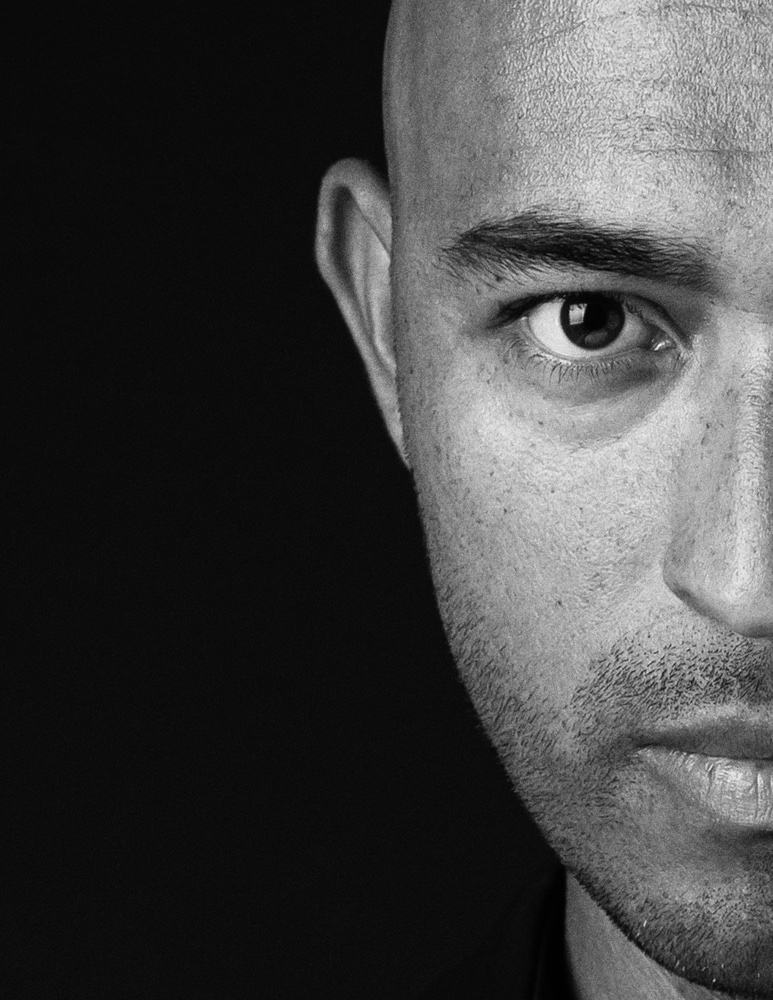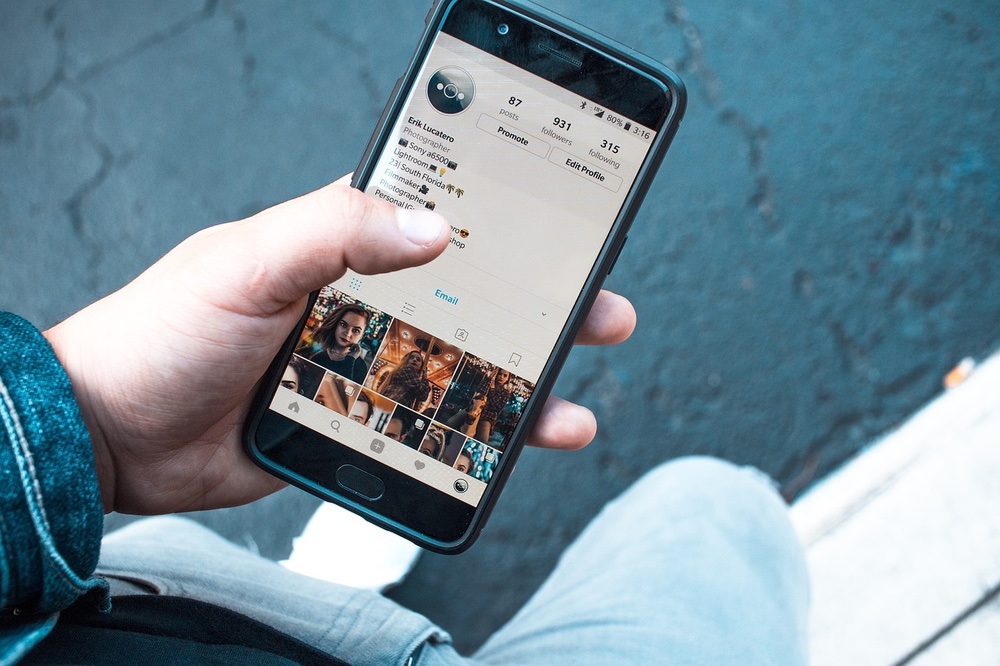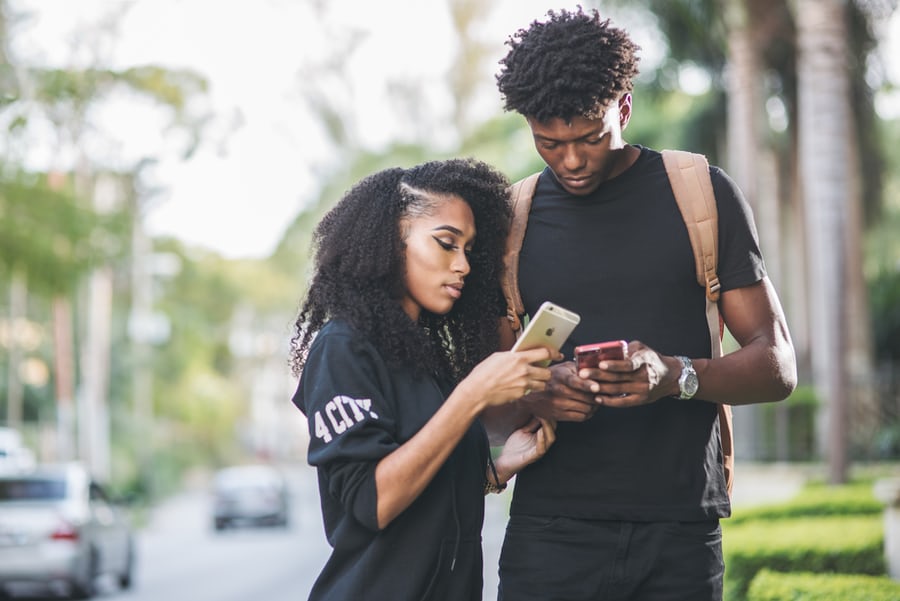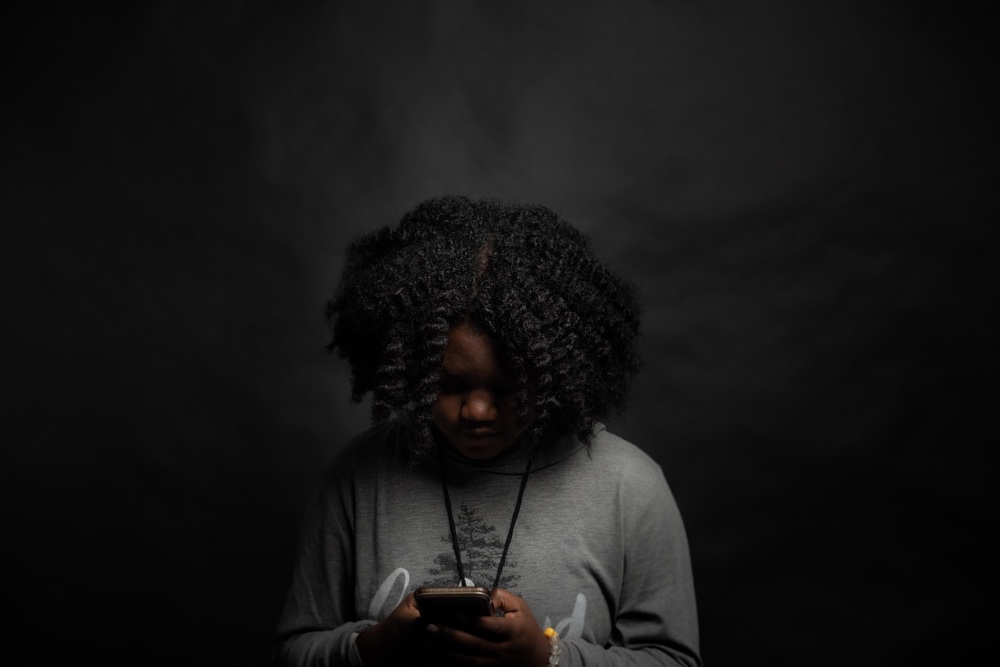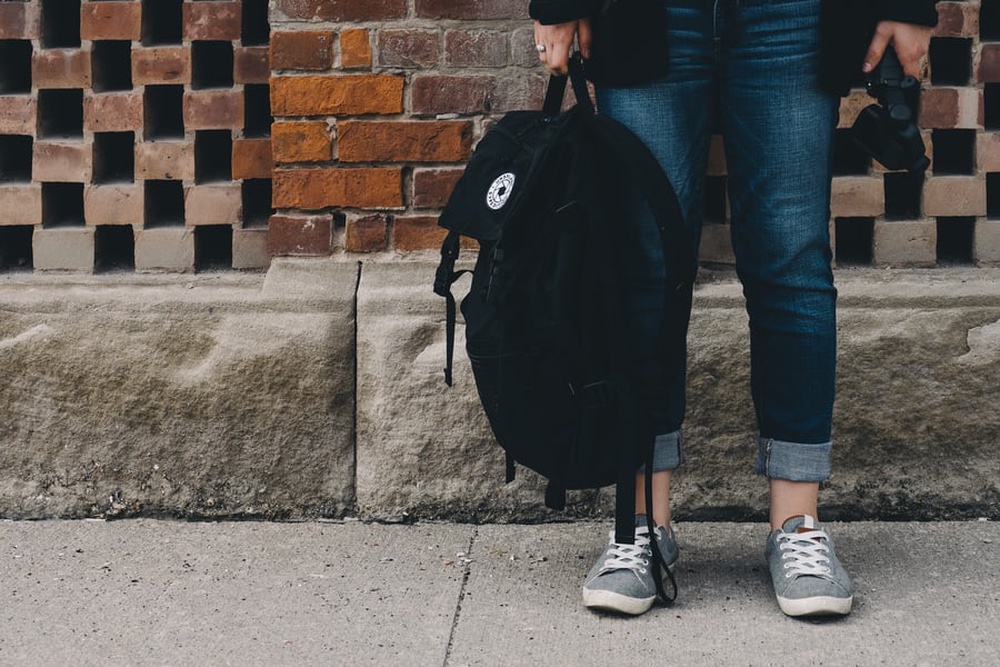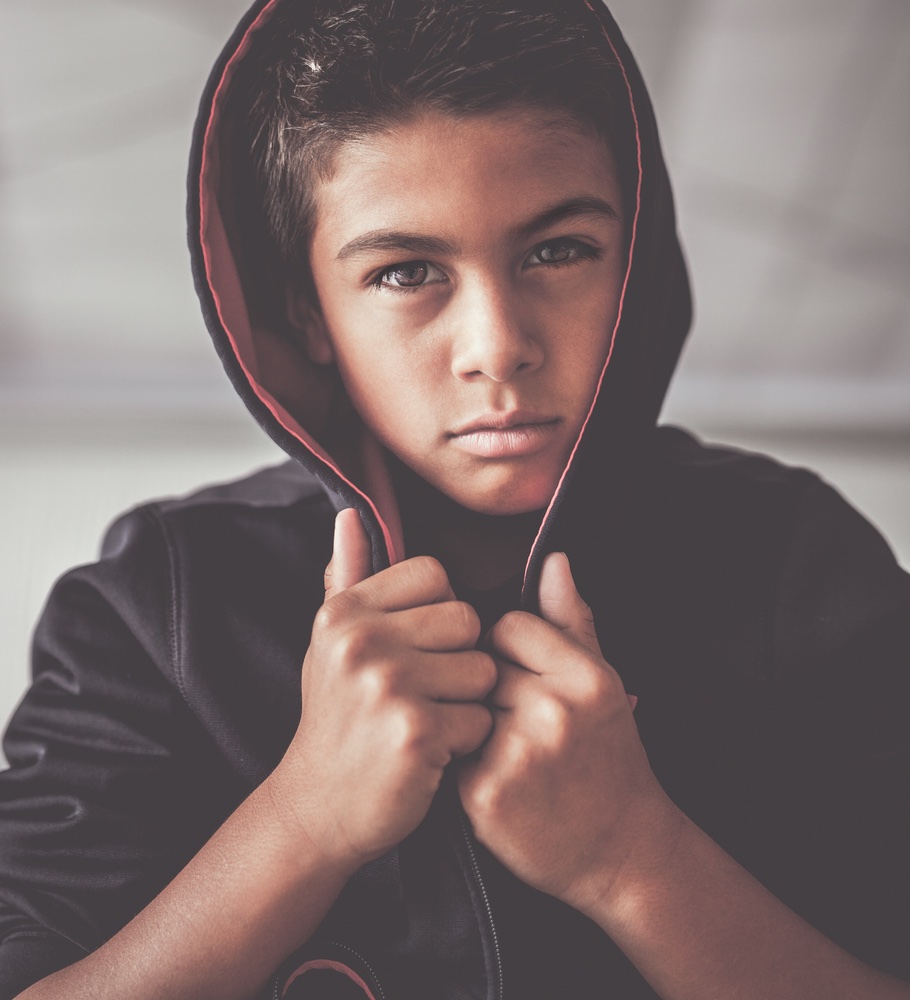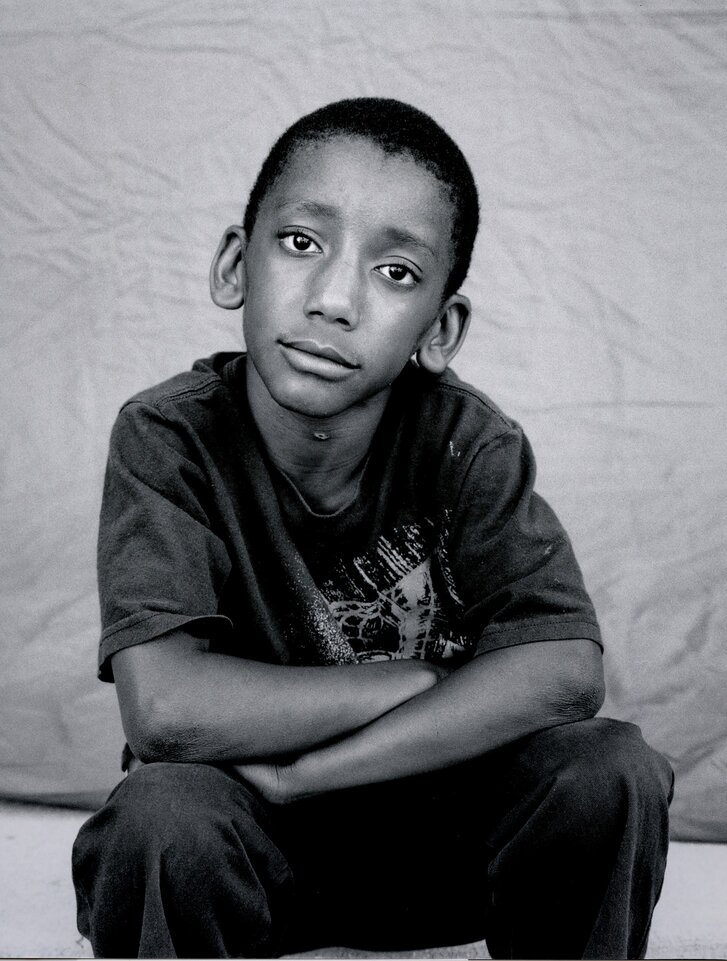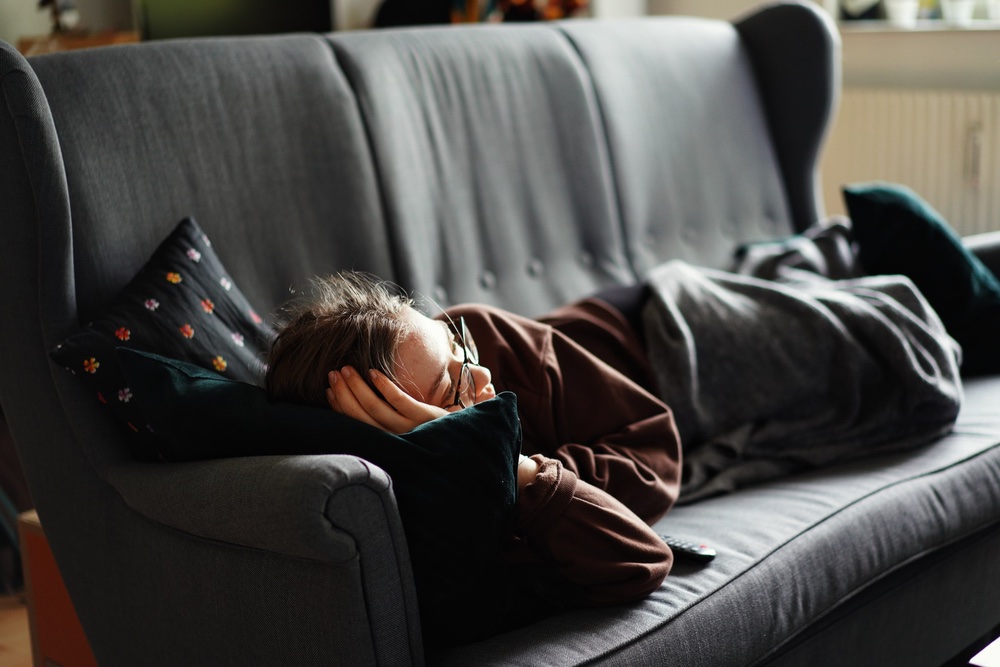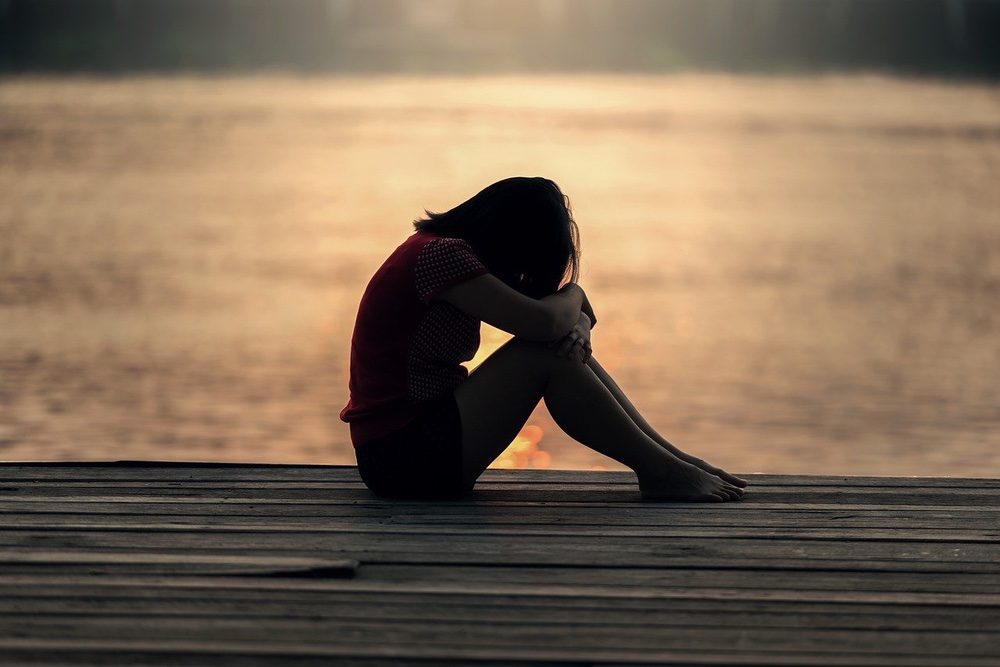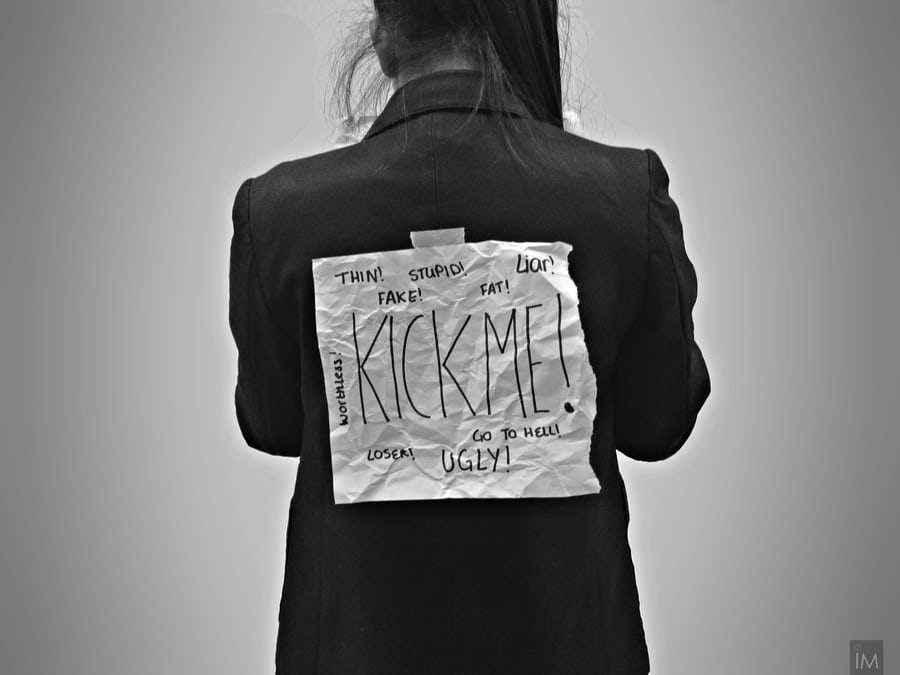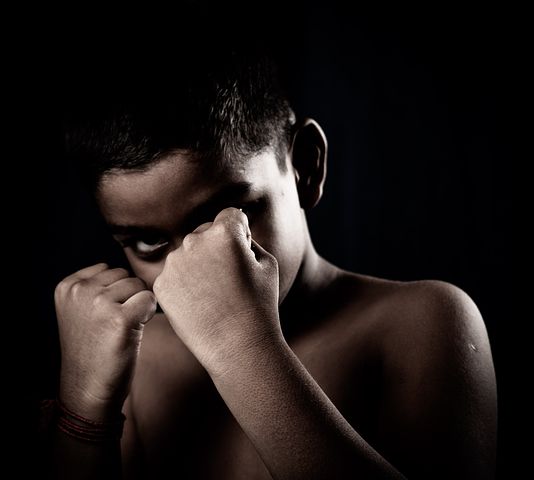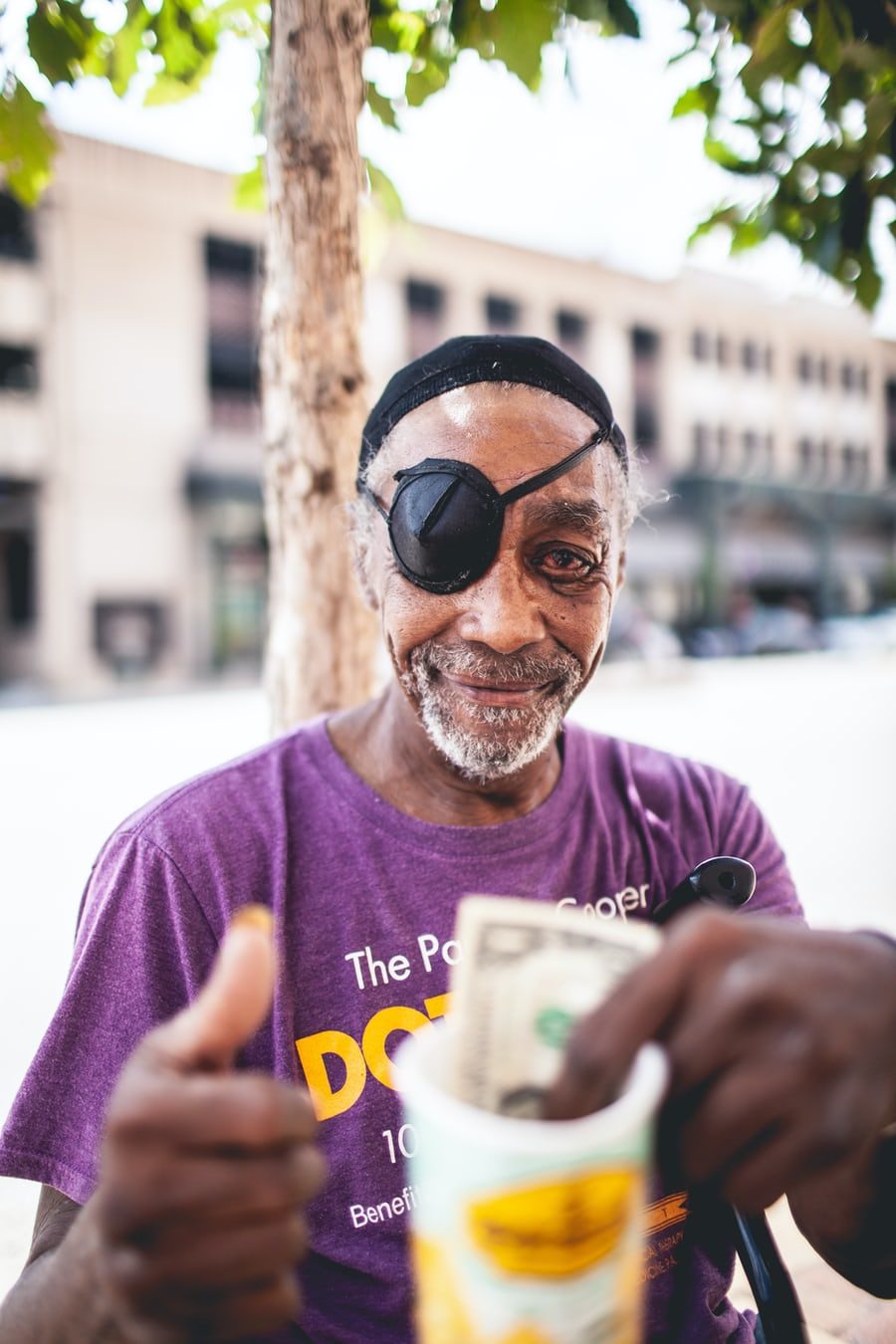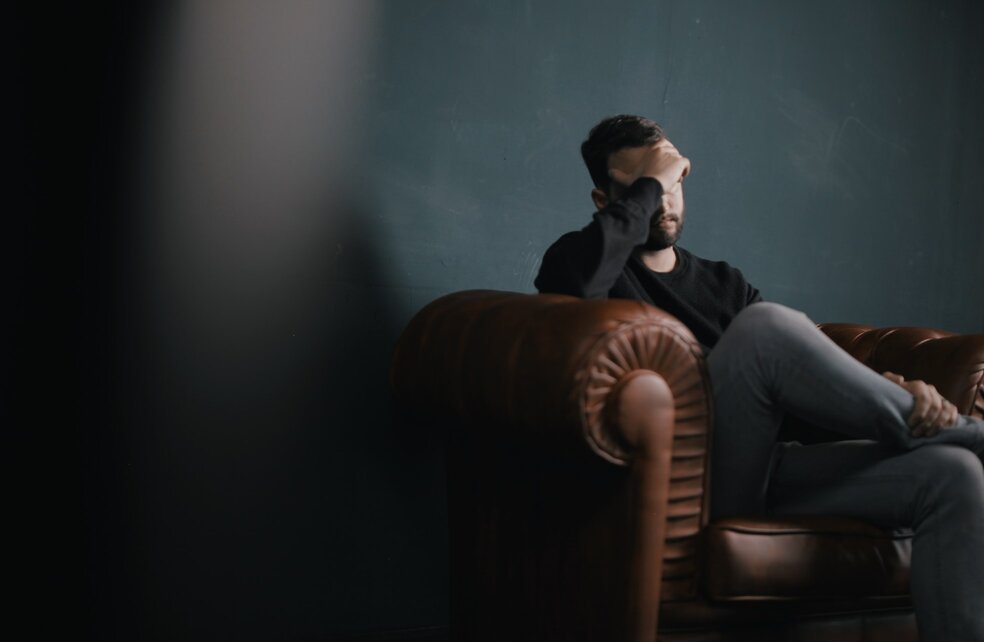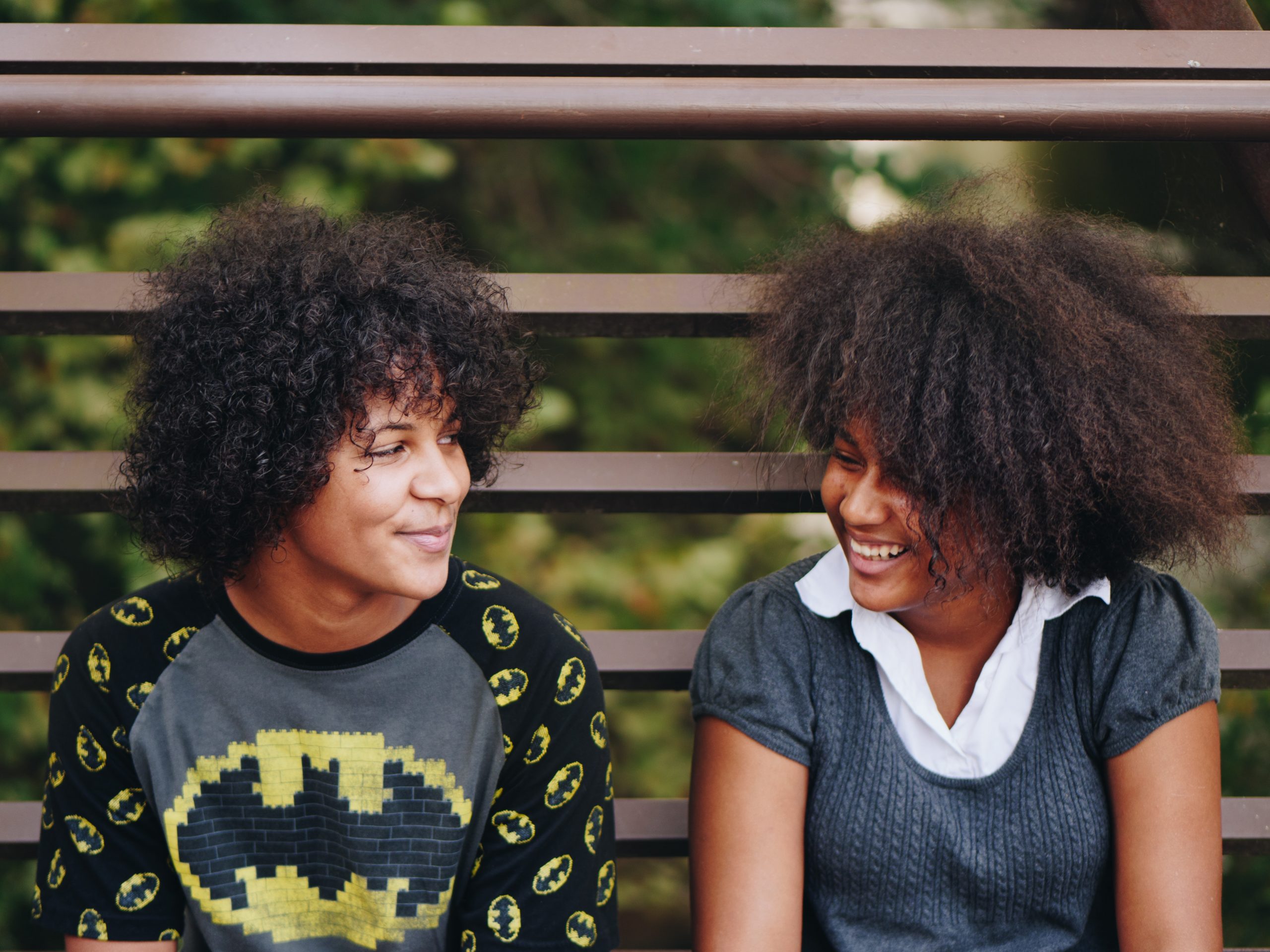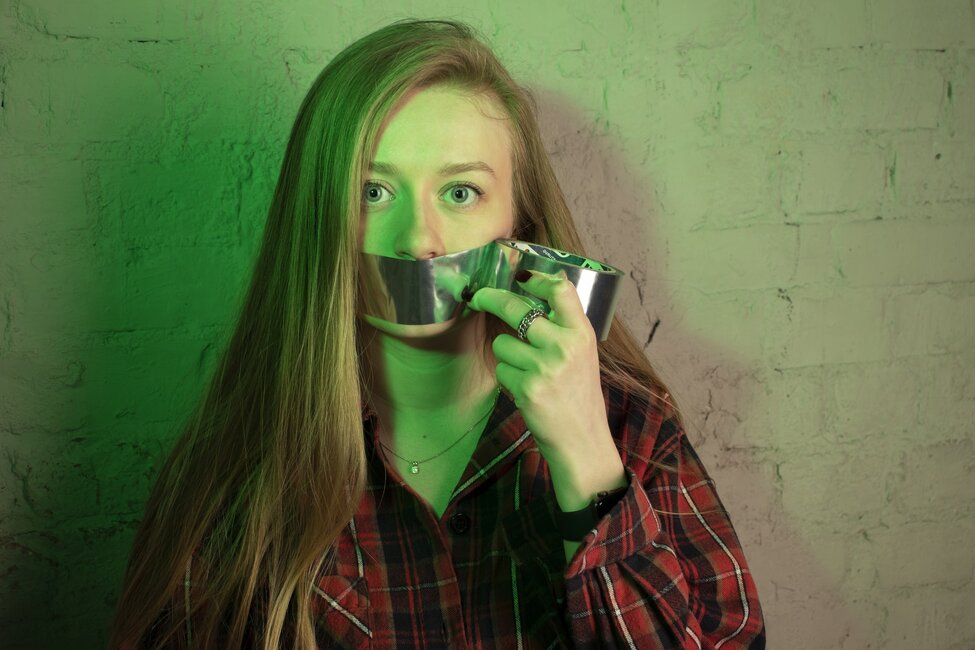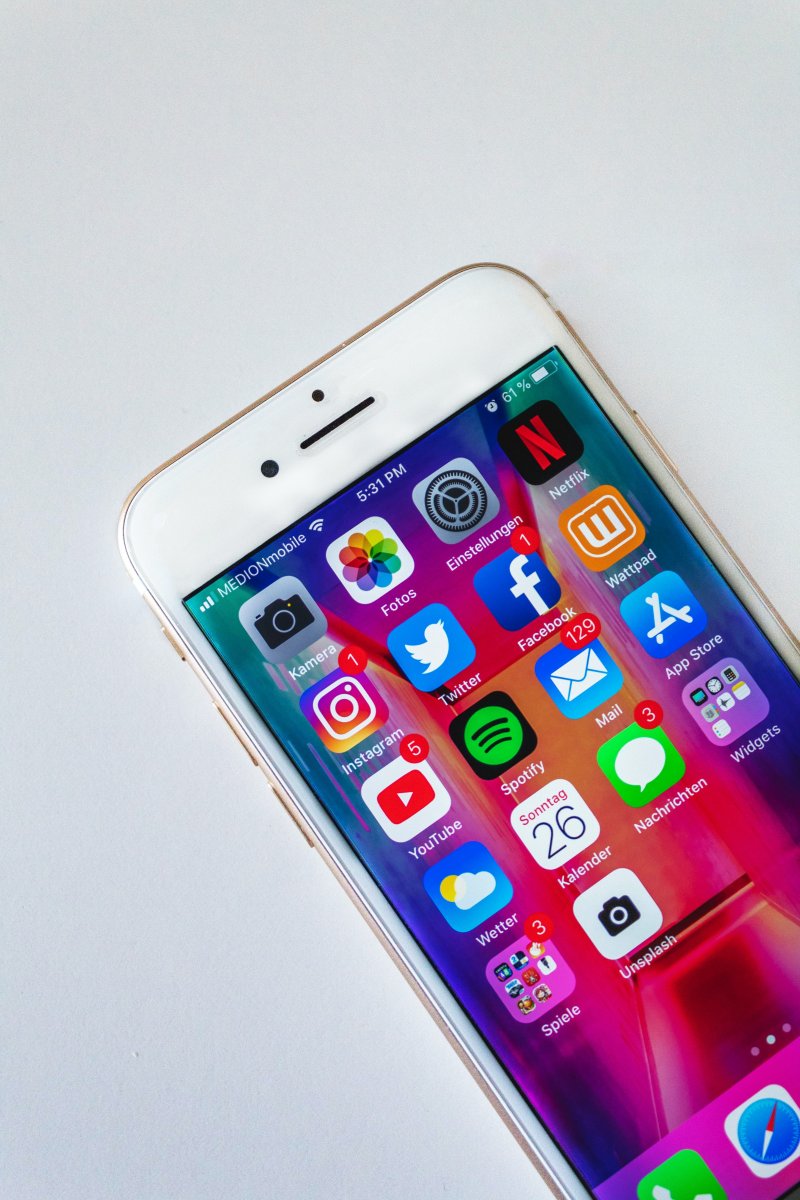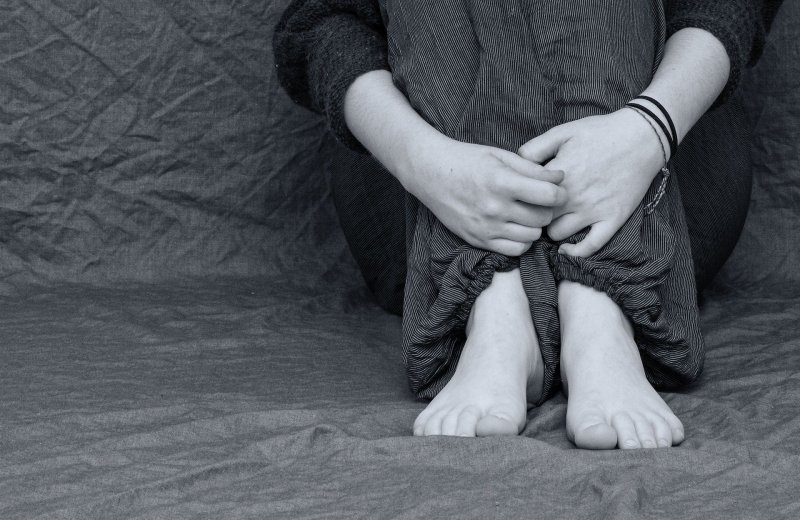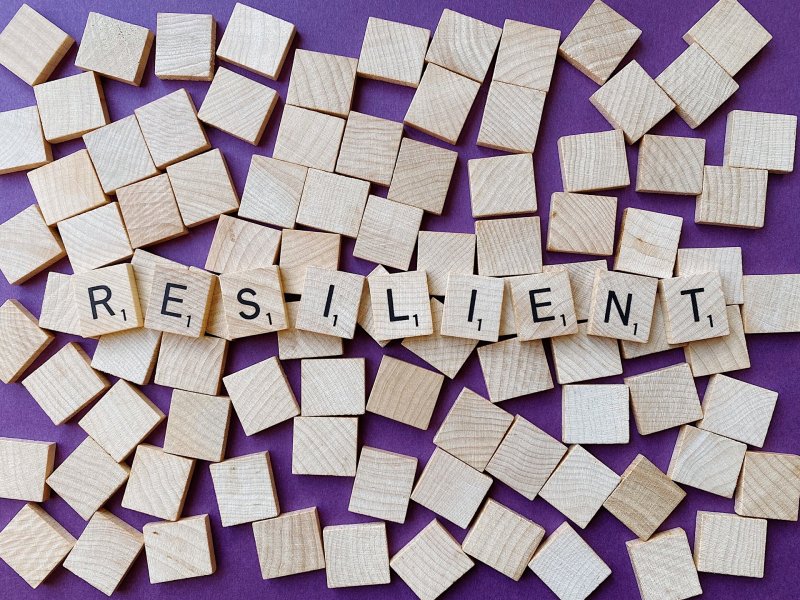Blog Entry #6
What Is Colorism? (Bullying?)
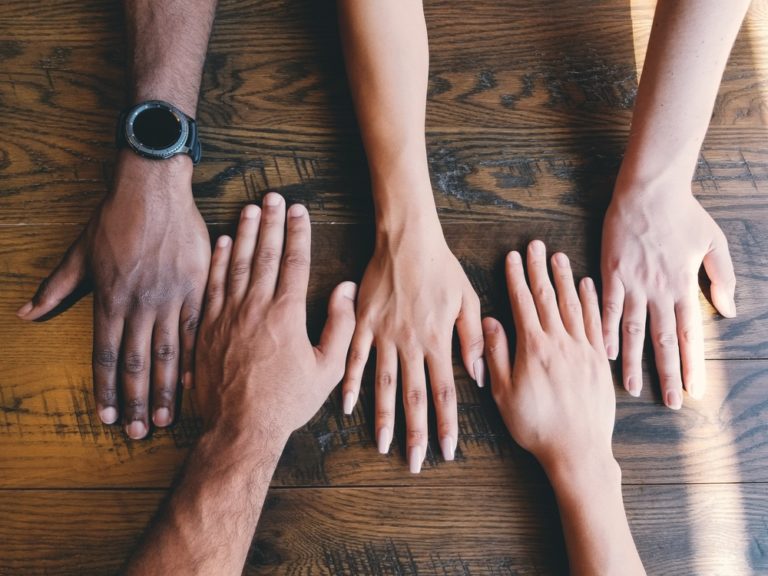

By Antoine G Larosiliere
Light skins be like….Dark skins be like…. This is a reoccurring theme, on social media. Whether it be in the form of memes or Tic Toc videos it appears the world, especially our youth is still color struck. Social media has become the premier source of entertainment, marketing and social interactions. Now imagine being mocked, ridiculed, and shunned by your peers because of the shade of black you are. Imagine a dark-skinned man preferring to date only light-skinned women even though, his mother and sisters are dark-skinned. Imagine bleaching your skin to improve your chances of landing a lead role in a movie. Society teaches white supremacy, and it’s well documented the atrocities that have been dealt to people of color in America at the hands of Systemic Racism. Unfortunately, there’s another bully. This form of bullying is used by every class in every country, but most of all, we use it in our own homes and it divides our families. This bully’s name is colorism.
What is colorism?
Colorism is differential treatment based on skin color, especially favoritism toward those with a lighter skin tone and mistreatment or exclusion of those with a darker skin tone, typically among those of the same racial group or ethnicity. Alice Walker’s definition from her book In Search of our Mothers’ Gardens— in my opinion, though less specific— is more accurate. It states colorism as “prejudicial or preferential treatment of same-race people based solely on their color.” In short, colorism is bullying.
“it is very much present and has bullied every aspect of society.”
Where did it come from?
During slavery, slave owners favored light-skinned slaves and treated them as such because most of the time they were family members. Slave owners often raped slave women, and usually the byproduct of that was a light-skinned offspring. Light-skinned slaves worked indoors, and were given privileges, while dark-skinned slaves worked harsh hours outdoors on the plantations. Predating slavery and in Asian countries, colorism is more related to class because the ruling class had lighter skin than the peasants. This is likely due to the fact that peasants became tanned from long hours working outside in the unforgiving sun.
Colorism matters because much like systemic racism, colorism is bullying. It is very much present and has affected every aspect of society.
Amongst the student population colorism is a bully…
As an educator, I specifically see this in education. “In 2013, researchers Lance Hannon, Robert DeFina and Sarah Bruch found that black female students with dark skin were three times more likely to be suspended at school than their light-skinned African-American counterparts.” Students have even said that “the after school teachers, who happen to be black, prefer the lighter-skinned students; even when their strongest students are dark-skinned.” Amongst the student population, colorism is a bully and profoundly evident. One teacher in Boston even quoted that, “I was struck by how often students of color referred to each other as “light-skinned” or “dark-skinned.” Almost daily, I witnessed high school students identify, categorize and stereotype their peers based on skin tone.”
The work force is also bullied by colorism
Outside of education, the work force is also bullied by colorism and at the same time responsible for providing wealth-building opportunities for people of color. In the 19th and 20th century, the “paper bag test” was often used in the hiring of black people. If you were lighter than the paper bag, you would be considered for employment; if you were darker than the bag, you were not. A 2006 University of Georgia study found that “employers of any race prefer light-skinned black men to dark-skinned men, regardless of their qualifications.” In the same study, “light-skinned Black males with a Bachelor’s degree and typical work experience was preferred over a dark-skinned Black male with an MBA and past managerial positions” (Starr, 2011).
Colorism is bullying our judicial and prison systems…
In our judicial and prison systems, colorism’s impact has proved to be crucial and life- threatening. According to an article from The Root, “Women with light skin served 11% less time in prison than darker women.” According to research, Dark skinned defendants are more likely to be convicted and receive the death penalty than lighter skinned ones.
Colorism is bullying us inside our homes…
The greatest transgression of colorism is how it is bullying us inside our homes. Within our own cultures, children are taught indirectly that if you’re light-skinned, you’re superior, hence the white supremacy ideology. And if you’re dark-skinned, you’re inferior and will often receive inferior treatment. Parents and siblings will joke about it, but also make damaging statements. Eventually, the dark-skinned child begins to loathe light-skinned people, and that sometimes leads to attacks and mistreatment of light-skinned children by their own kind. Ultimately, the light-skinned children begin to despise dark-skinned people because of these unwarranted attacks, leading to a divide in our homes and in our communities. This is often the origin of the self-hate that light-skinned and dark-skinned children are victimized with. Light-skinned children, though benefiting in society from being such, hate being light-skinned because the constant struggle to prove that they’re “black enough,” while dark-skinned children hate being dark-skinned because of its inherent disadvantages.
Colorism also exists and bullies the T.V. and movie industry, marketing, religion, and politics— every possible industry you can think of, and in every country around the world.
What can we do about it?
Well let’s start off by educating one another of the origins of colorism. I have found that most poor treatment of human beings is usually due to some form of ignorance. Understanding where it came from and the ill effects of it will allow us to be more conscious of our behaviors. Test your children’s implicit biases, so they can be aware if they have a color preference. We also need to provide our children with many positive exposures to every skin tone, especially the dark ones, without showing preference of one over another, because our experiences usually determine our outlook. Lastly, it’s also important to incorporate some form of a healing process for those who hold resentment from the injustices they suffered due to colorism. In my own personal healing process, I found it imperative to incorporate some acceptance, a bit of forgiveness and a complete appreciation for what I have.
I hope this has been helpful! Many strategies including the one I just mentioned can also be found in the novel The Bully Experience: Daniel’s Story. Also subscribe to the YouTube channel for more insight to these topics.
